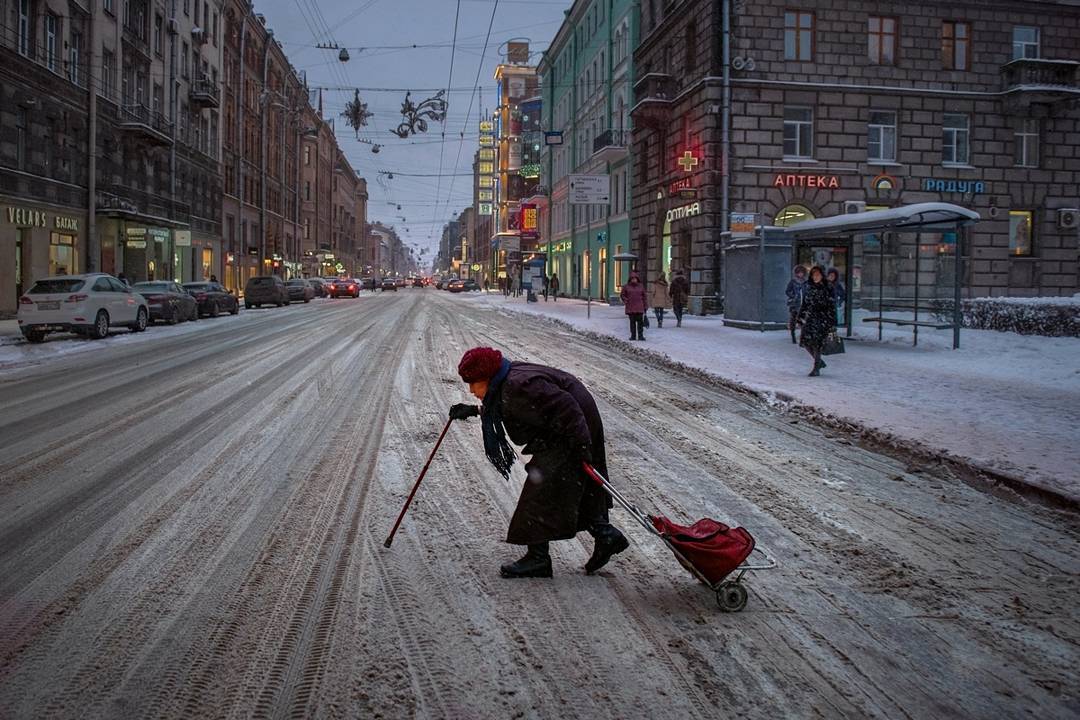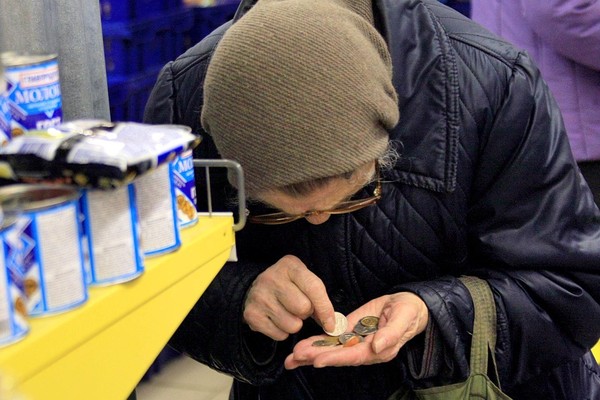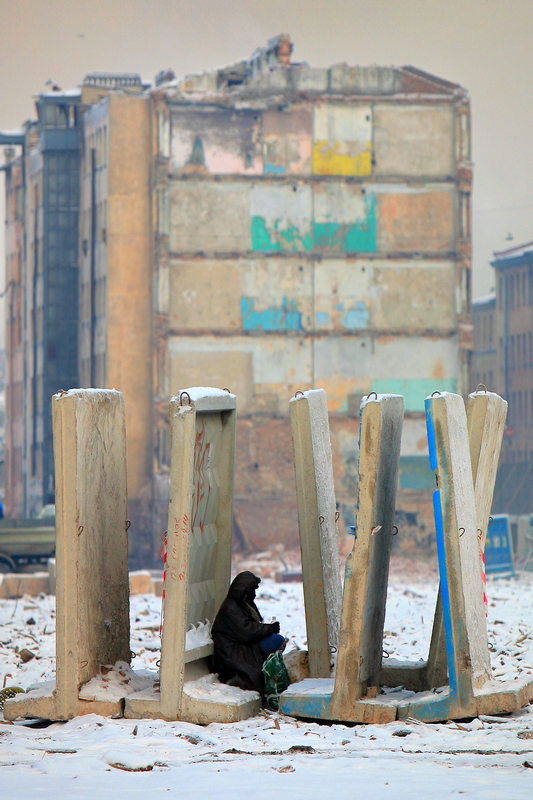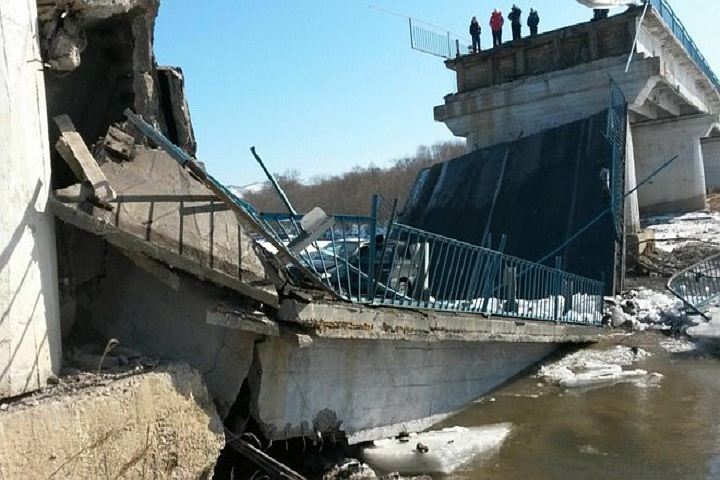Comparing social well-being across time or among nations is a notoriously difficult challenge, but the most universally accepted one has to do with the amount of calories a population consumes per day. When caloric intake rises, it is commonly assumed, people are living better; when it falls, their fate is just the reverse.
That is what makes some new Russian statistics especially disturbing: They show that Russians are now consuming 700 calories a day fewer than they did at the end of Soviet times, according to Isaak Zagaytov and Vladimir Shevchenko in the course of an extended article on for “Literaturnaya gazeta
.”
Russian government claims about the situation in agriculture and food consumption ring hollow when one compares the figures for today with those of 25 years ago, the two say.
Further, the amount of land under cultivation has fallen by almost a third and the number of tractors and combines has fallen by a factor of five, two scholars say. And the country lacks the ability to recover its position: it now produces 22 fewer tractors each year than in 1991 and 66 fewer grain combines.
But the real meaning of these changes for Russians can be seen by comparing caloric intake, and there the figures are stark:
That in turn has an impact on the country’s demographic situation. Between 1991 and 2016, as a result of falling fertility rates and rising mortality ones, Russia’s population has declined by more than 20 million – a stark contrast with the last 25 years of Soviet power when the RSFSR’s population rose from 127 million to 148 million.
Related:
- Putin wants a deal with Trump because his resources are running out, Borovoy says
- Three signs Russian military and its political bosses are in trouble
- Ten new and discouraging statistics perfectly capture Putin's Russia
- Ten pieces of bad economic news from Russia in last 24 hours alone





